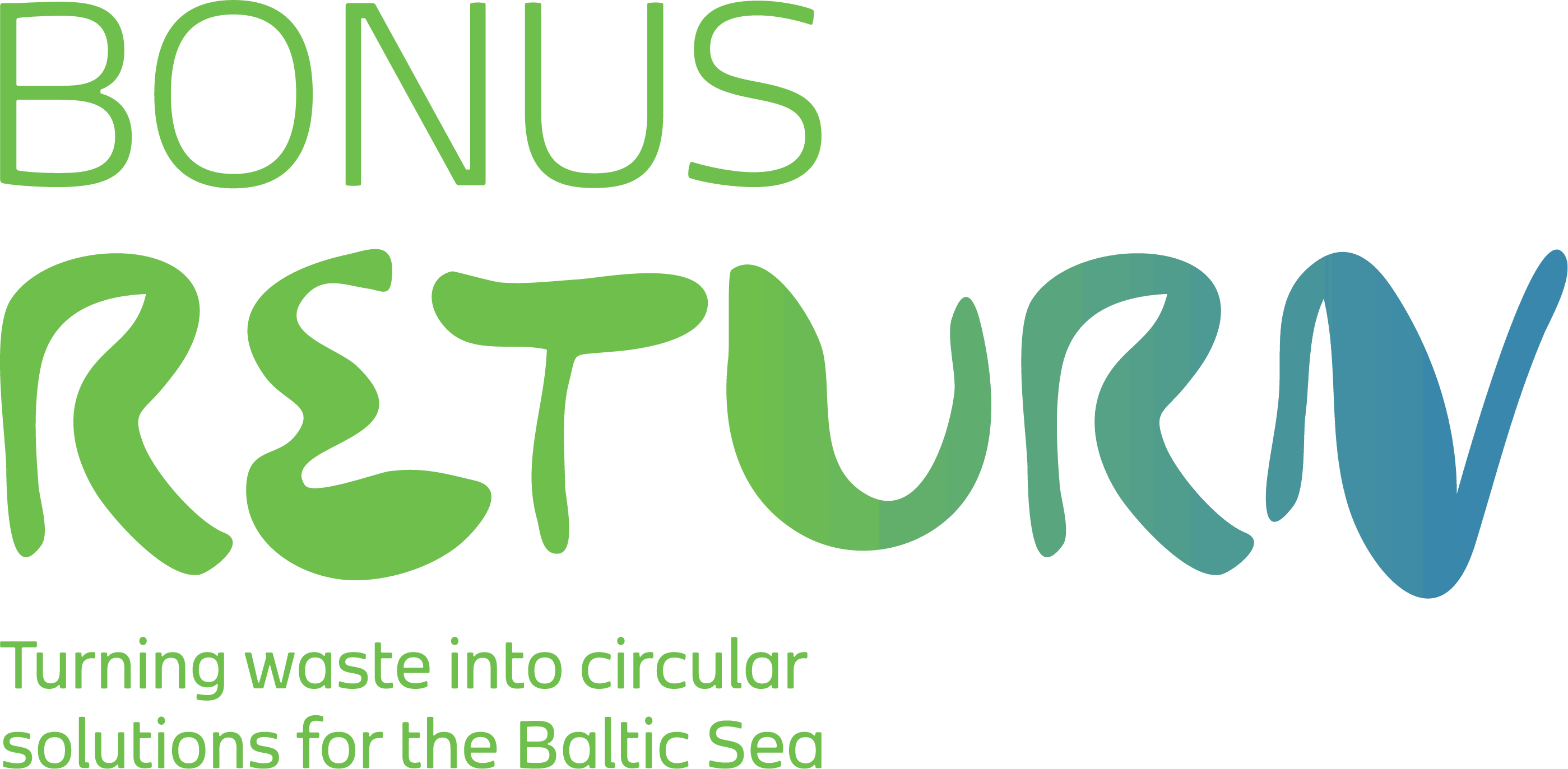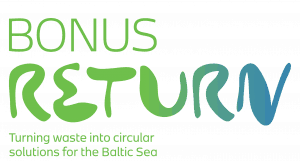Authors: Solveig Johannesdottir (RISE), Erik Kärrman (RISE), Emelie Ljung (RISE), Christina Anderzén (RISE), Mats Edström (RISE), Serina Ahlgren (RISE), Maja Englund (RISE)
EXECUTIVE SUMMARY
In this report, sustainability assessments of different potential systems for recovering and reusing nutrients and carbon (organic matter and energy) from different wastes are presented. The assessments were done in three different case-studies: the Vantaanjoki catchment area in Finland, the Fyriså catchment area in Sweden and the Słupia catchment area in Poland. A sustainability analysis approach with multi-criteria analysis (MCA) was used to assess different system alternatives in the three case studies. A review of sustainability criteria was used as the starting point for selection of criteria. Systematic maps of ecotechnologies for the recovery and reuse of nutrients and carbon within the Baltic Sea region were used as the basis for selection of technological system components and overall system alternative design.
Two workshops were held in each case study. The aim of the first workshop was to gain insights intothe local contexts, challenges, opportunities and stakeholders’ interests. Knowledge gained from the workshop influenced the selection of sustainability criteria and system alternatives. At the second workshop, the stakeholders were asked to assign weights to the different criteria according to their relative importance. Each system alternative was evaluated for each sustainability criteria and the overall sustainability score was calculated as the weighted sum of criteria scores and weights.
For the Vantaanjoki case study, different systems for managing horse manure, waste-grass and source- separated blackwater from scattered settlements were assessed. The system alternatives evaluated were 1. Composting (baseline system representing current management), 2. Anaerobic digestion and 3. Pyrolysis + urea hygienization of source-separated blackwater. These systems were evaluated against the 9 criteria: global warming potential, eutrophication potential, nutrient recovery, effects on soil structure, total costs, local economy, risk of exposure to pollutants, acceptance and compatibility with existing infrastructure. The system anaerobic digestion system alternative got the highest sustainability score, although the Pyrolysis + urea hygienization got an only slightly lower score. Both systems received higher sustainability scores than the composting alternative.
For both the Fyriså and the Słupia case studies nutrient recovery from domestic wastewater wasassessed. The same 8 sustainability criteria were used for both case-studies: global warming potential, eutrophication potential, nutrient recovery, total costs, risk of exposure to pollutants, acceptance, technical robustness and technical flexibility.
For the Fyriså case study, four system alternatives were evaluated: 0. Baseline system (representing current management), 1. Incineration of sludge and phosphorus extraction from ash 2. Anaerobic treatment in UASB-reactor and nutrient extraction through ammonia stripping and struvite recovery and 3. Source-separation (blackwater treated as in 2. and sludge treated as in 1.). The source- separation system got the highest score, followed by the nutrient extraction system and incineration system. All recovery systems received a higher sustainability score than the baseline system.
In the Słupia case study, four similar system alternatives were evaluated; 0. Baseline system (representing current management), 1. Ammonia stripping from reject water from dewatering anaerobic digestate 2. Anaerobic treatment in UASB-reactor and nutrient extraction through ammonia stripping and struvite recovery and 3. Source-separation (blackwater treated as in 2.) in all systems sludge was composted. The system alternative with nutrient extraction (2) got considerably higher score than the other systems and source-separation got the lowest, compared to the baseline system. Results showed that the source-separation system could receive a sustainability score lower than the baseline system. The outcome of the assessment was different for the Fyriså and Słupia cases, even though the system alternatives were composted of largely the same ecotechnologies. This shows that local context and stakeholder participation are important parts of sustainability assessments.

